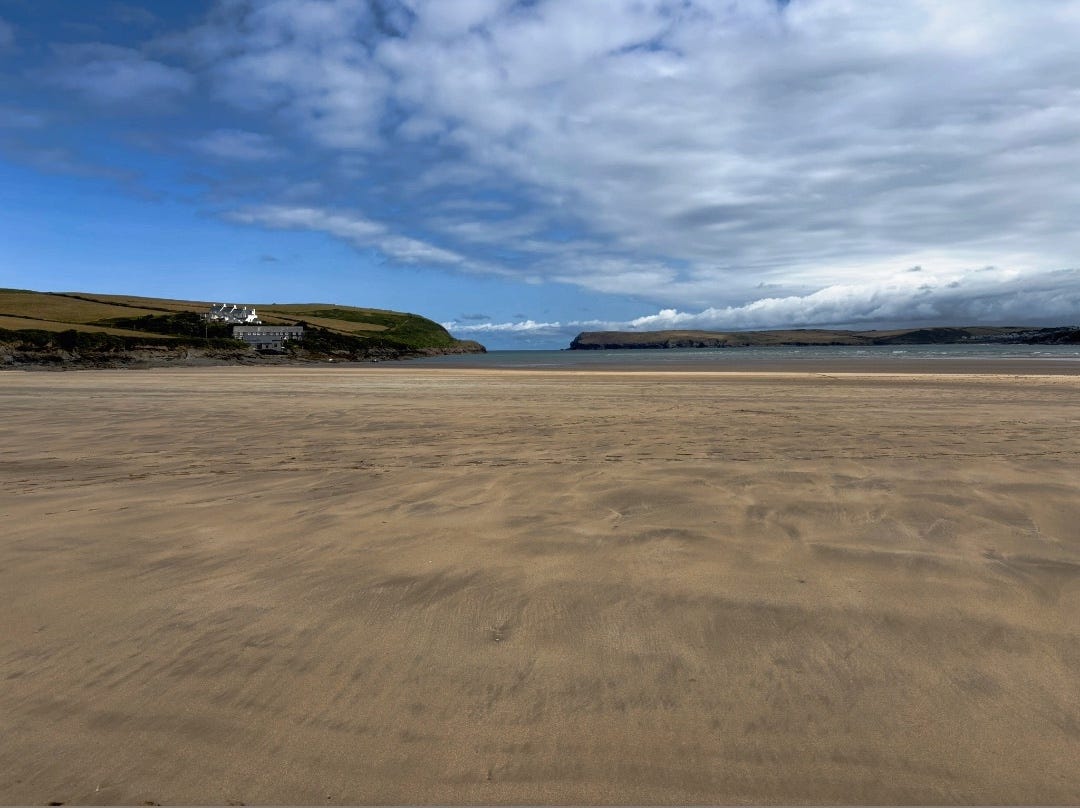Reflections 3rd August
Limpets, Barnacles and Belonging.
It feels as though the walls are closing in as a combination of small-minded populism and rampant greed meet. Curiosity and generosity have been submerged beneath fear-based dogma in geopolitics defined by bullying, uncertainty, and tacky temporary deals.
At such a febrile time, identifying the edges that define which side of the boundary we are on is a challenge.
Keep reading with a 7-day free trial
Subscribe to Outside the Walls to keep reading this post and get 7 days of free access to the full post archives.


